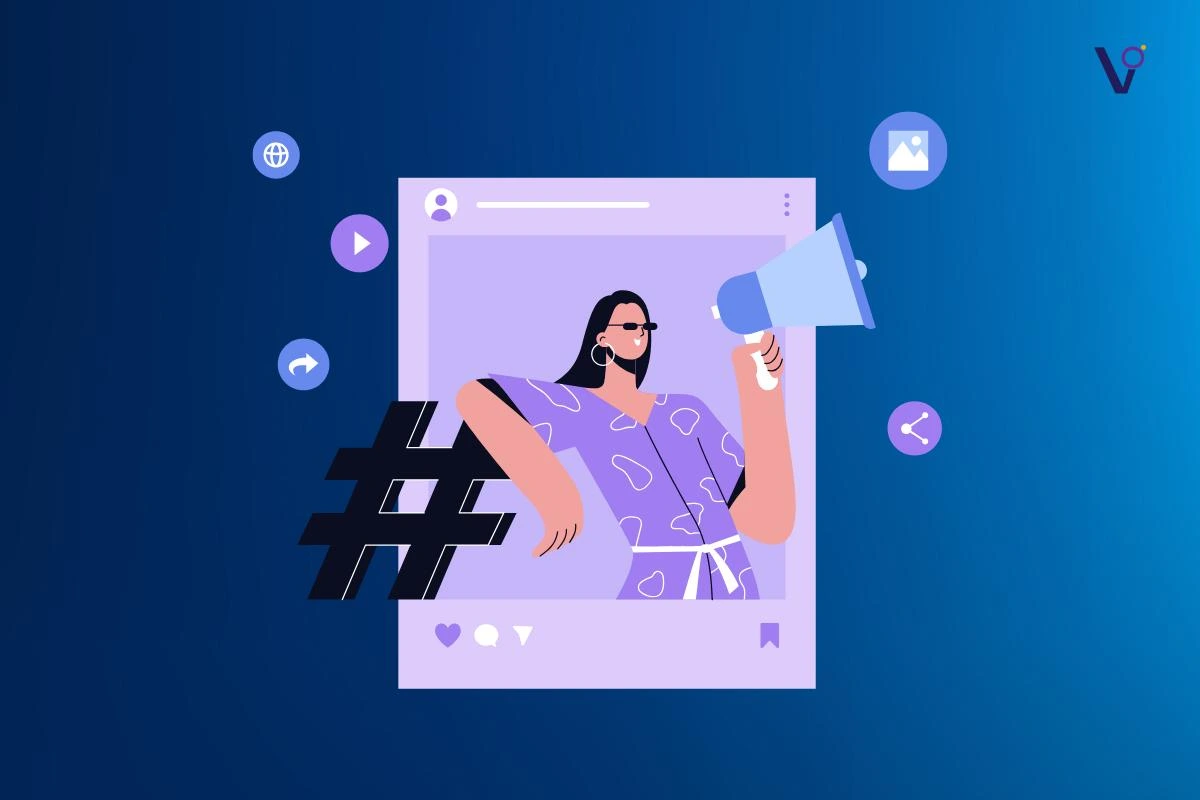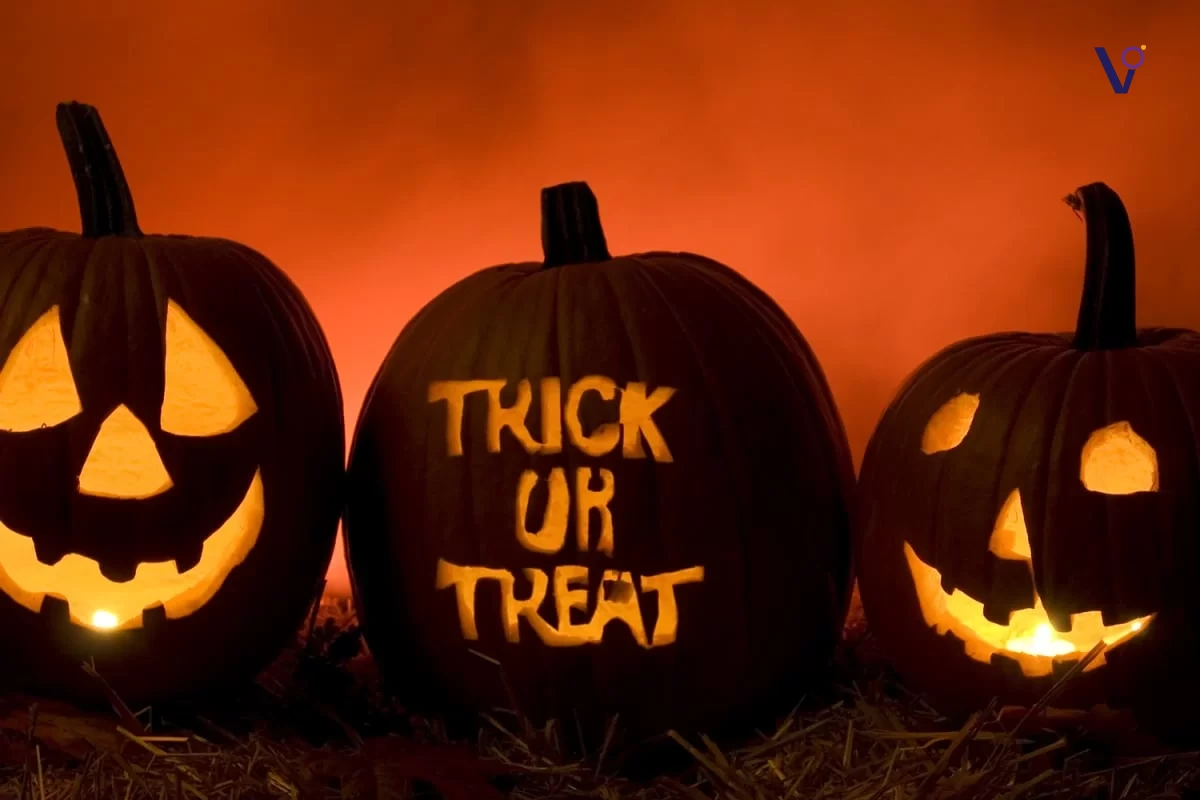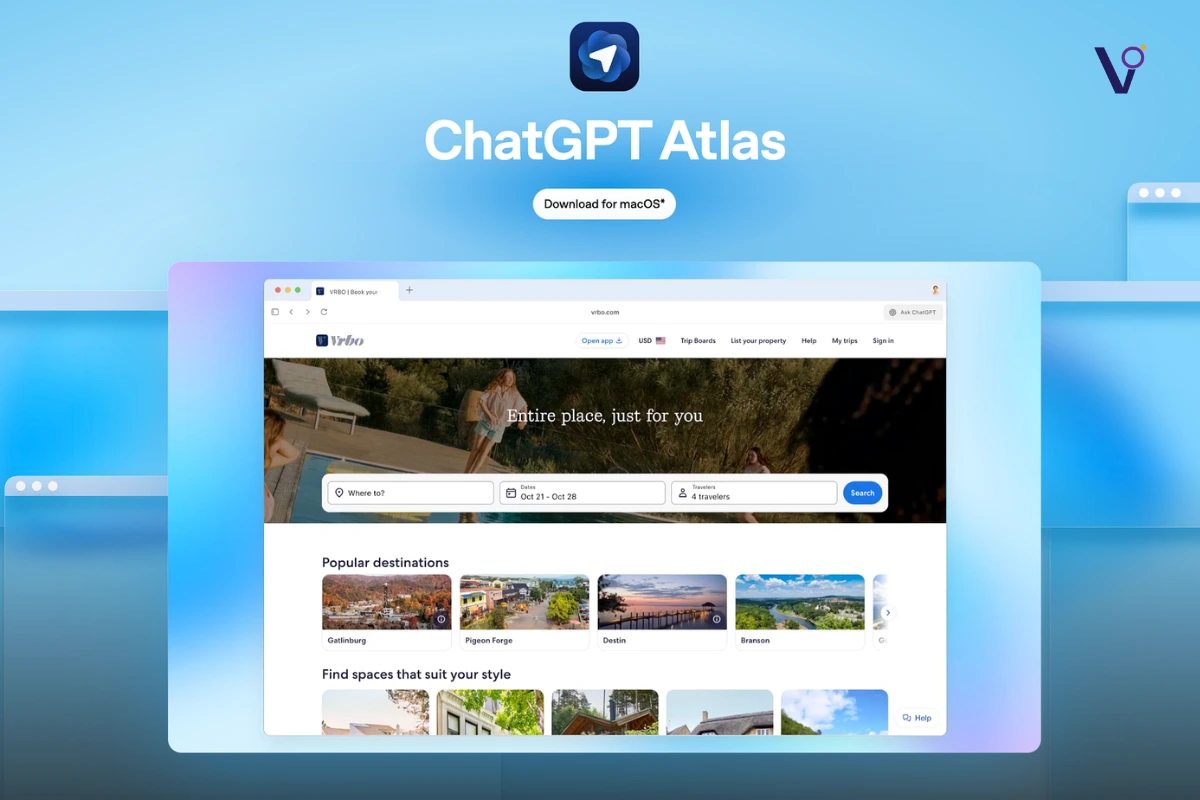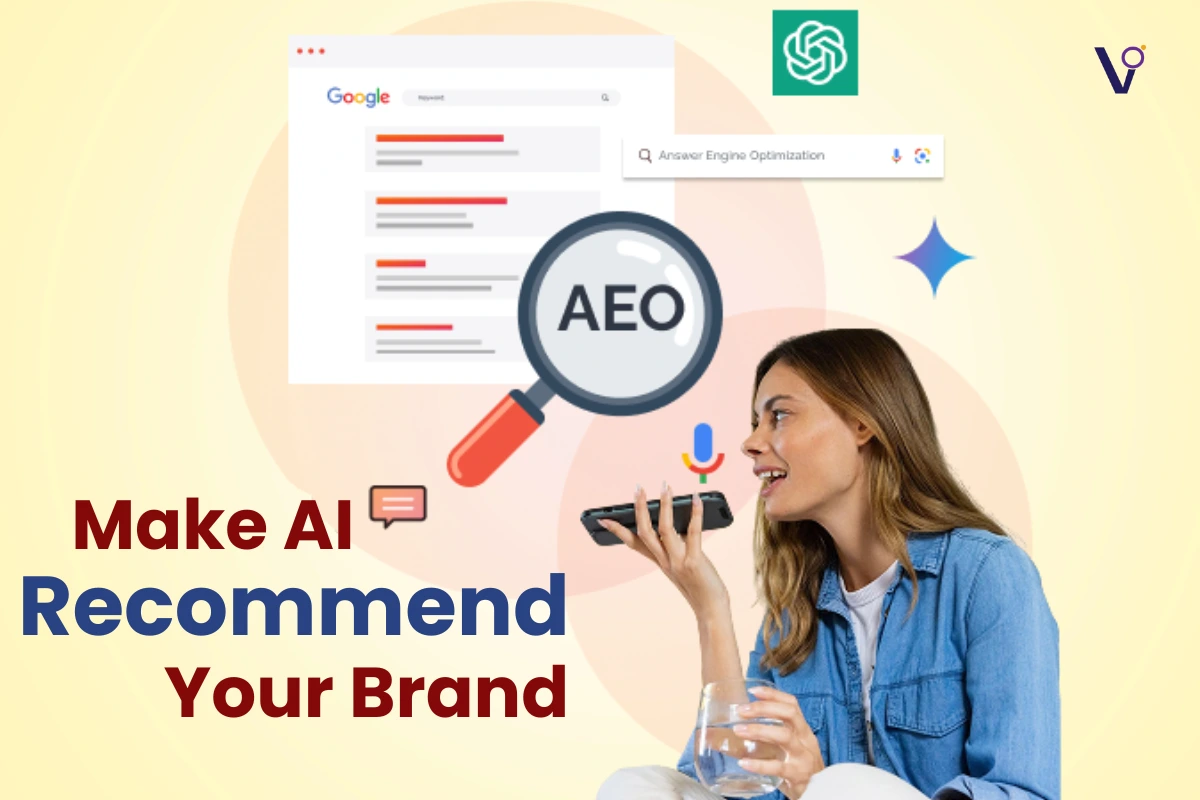Let’s talk about our favorite viral marketing campaign moments that truly hit the mark—those campaigns that made us stop scrolling, start talking, and maybe even hit the “buy now” button. Kicking off this list is a campaign so genius it deserves the top spot: the Selena Gomez x Taco Bell engagement moment.
1. Taco Bell
On December 11th, Selena Gomez announced her engagement—but with a twist. She set up a cozy picnic, and right in the middle of it were Taco Bell boxes, strategically placed. Within just 24 hours, the post blew up, gathering 23 million Instagram likes, inspiring over 150,000 TikTok videos about the so-called “Taco Bell conspiracy,” and leading to an 89% surge in Taco Bell app downloads.
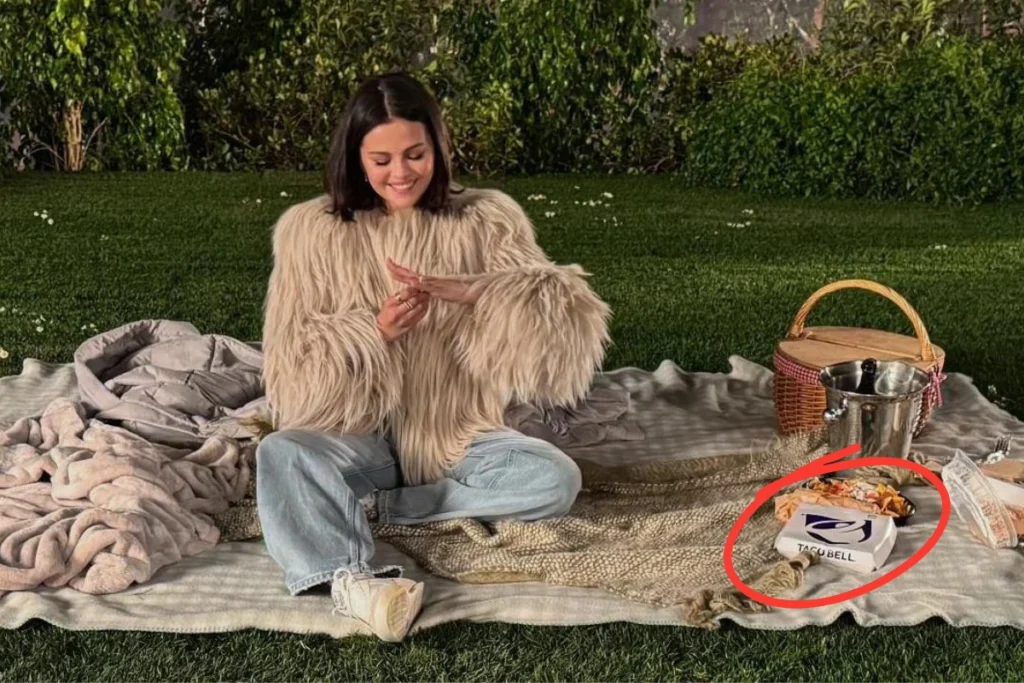
Taco Bell stayed coy about the whole thing. They didn’t confirm or deny any sponsorship. Their only response? “We can hear the wedding bells now. We’re honored to play even the smallest role in their love story.”
This campaign was a perfect storm. It combined authentic celebrity connection—Gomez’s favorite fast food was already revealed by her fiancé, Blanco—with mystery marketing that got people speculating, plus the perfect timing during the holiday engagement season.
The results? A 42% spike in sales, record-breaking Mexican pizza orders, and the highest social media engagement Taco Bell has ever seen. To top it all off, in 2025, Taco Bell introduced its first wedding collection menu. Turns out, some of the best marketing comes wrapped in engagement rings and chalupa boxes. This no doubt takes the 1st rank on our favorite viral marketing campaigns to exist.
2. ZNWR
ZNWR, a small fashion brand from Belarus, turned heads by transforming packaging material into a viral sensation. They created dresses and jackets entirely out of bubble wrap, pricing them at $116. But here’s the brilliant twist—they made only twenty pieces, turning scarcity into desirability.

Calling themselves the “Balenciaga of Belarus,“ they compared their bubble wrap designs to Balenciaga’s infamous $1,800 trash bag. To fuel the buzz, they photographed models floating in pools draped in bubble wrap and tied Zen philosophy to their designs, sparking heated debates online about turning cheap materials into luxury items.
The impact was massive. Within days, their Instagram follower count skyrocketed to 213k.
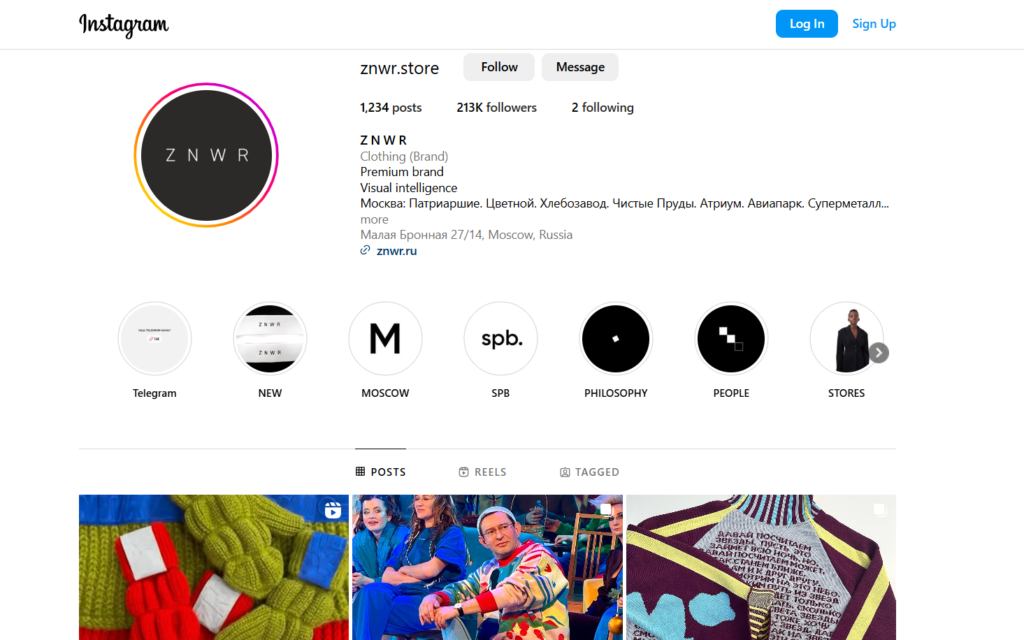
Their major media outlets around the world picked up the story. The beauty of this campaign? They didn’t need to sell many pieces—it was all about the hype and the headlines.
3. Kinder Joy
They are in third because here’s what they did: It all started back in 2015 with Disney and Marvel—seven princesses in pink packages and seven Marvel heroes in blue. Kids went wild trying to collect them all.
Then they partnered with the NBA, featuring twelve team mascots like the Bulls and Celtics. Next came Despicable Me with eight characters, including Gru and those lovable Minions. And the latest? A Harry Potter collab with sixteen Funko collectibles, promoted by none other than Tom Felton (aka Draco Malfoy).
But they didn’t just stop at toys. Kinder Joy used AR technology to make their app bring the toys to life. For Harry Potter, they went even further, turning locations into Platform 9¾ and creating viral social media moments that had everyone talking.
And the results? In their first year in America, they sold 46 million units. That jumped to 91 million, and now Kinder Joy makes up 70% of their business in India. The secret? They knew kids don’t just want candy—they want an experience.
4. KFC
When Netflix dropped Squid Game Season 2 in December 2024, KFC Spain pulled off one of their boldest stunts yet. They turned their iconic sandwich into a deadly pink masterpiece.
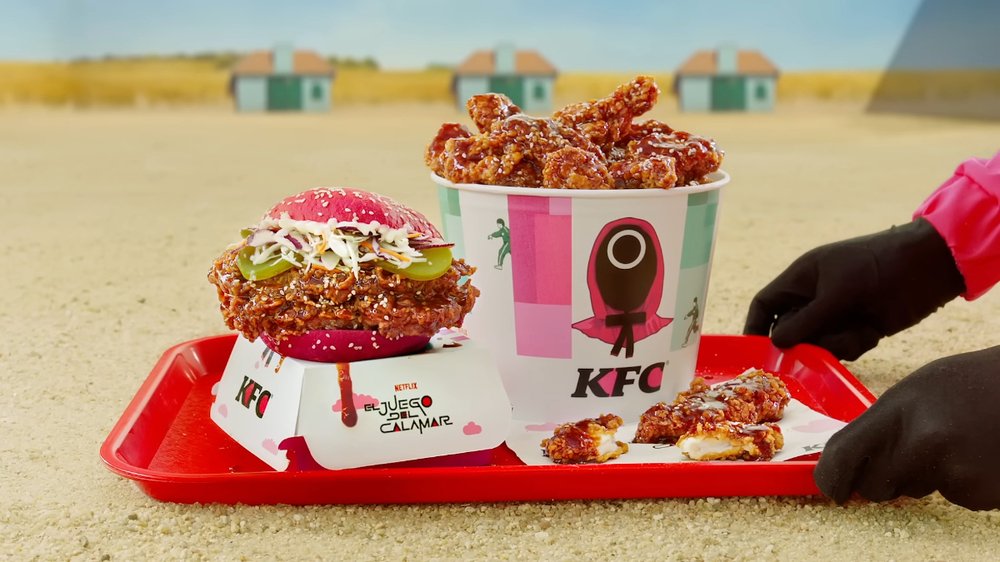
But here’s the wild part—they didn’t stop at the bun. They created a live survival game, just like in the show, with 456 contestants competing for over forty million euros in a Twitch event. The collab menu? A chicken fillet with Korean BBQ sauce, paired with your choice of twelve spicy wings or ten crispy strips. And, for the first time ever, Colonel Sanders was swapped for a hooded Squid Game soldier.
This had to be on the list because, what a genius way to take the most-watched show on Netflix and turn it into a marketing campaign, right? It was just a pink bun and perfect timing, not heaps of ad money.
5. IKEA
The last one on our favorite viral marketing campaigns had to be the most bizarre because, until you include an “X” factor in your ad campaign, it’s just not going to work. And this one turned into a $4.3 billion marketing stunt.
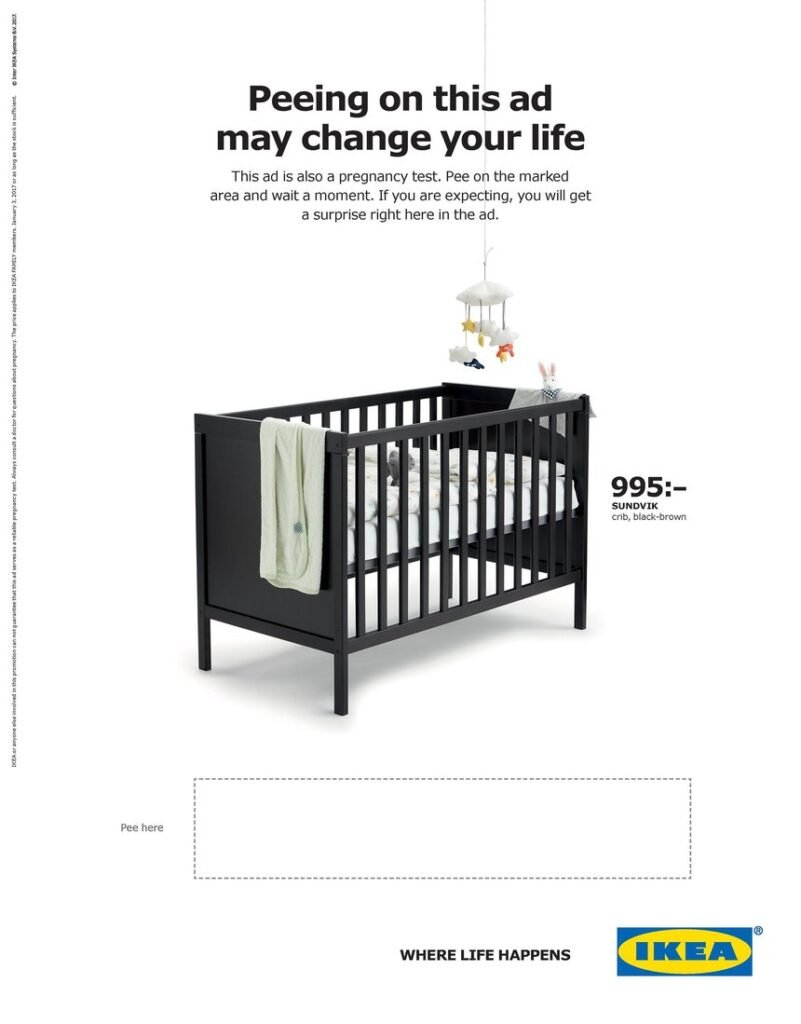
In 2018, IKEA, the $44.6 billion furniture giant, created a campaign so strange, it became unforgettable. They launched a magazine page that doubled as a pregnancy test. Yes, women could actually pee on it. If the test came back positive, a hidden discount code appeared, offering 50% off their Småland crib.
They embedded real pregnancy test technology into the magazine paper. This wasn’t just shock marketing; it was clever. With 38 new stores opening that year, IKEA knew a positive result meant a potential lifetime customer. After all, what new parent doesn’t need affordable furniture?
The campaign went viral instantly. While some critics called it gross, others couldn’t help but praise the creativity. Either way, everyone talked about IKEA. And if you think this was a one-time thing, think again. IKEA had already done a similar pregnancy-themed campaign back in 2013, offering free cribs to babies born nine months after Valentine’s Day—basically rewarding couples for getting romantic.
Now, with 422 stores in over 50 markets, IKEA proved that sometimes the most outrageous ideas make the best marketing moves.
Conclusion
Now, Viral Omega knows exactly what things we need to switch up in your marketing campaigns if you’re not being able to reach your target audience. Reach out now.
The Selena Gomez and Taco Bell campaign is a prime example. Selena’s engagement announcement with Taco Bell created a buzz, driving app downloads and sparking global conversations.
Yes, TikTok is a major platform for viral marketing. Its short, engaging videos encourage sharing, which is essential for viral campaigns to spread quickly.
Companies like Taco Bell, IKEA, and Kinder Joy have successfully used viral marketing to drive engagement, build buzz, and reach a massive audience.
